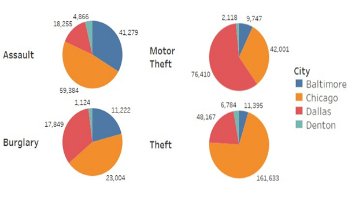
In medical segmentation, the acquisition of high-quality labeled data remains a significant challenge due to the substantial cost and time required for expert annotations. Variability in imaging conditions, patient diversity, and the use of different imaging devices further complicate model training. The high dimensionality of medical images also imposes considerable computational demands, while small lesions or abnormalities can create class imbalance, hindering segmentation accuracy. Pre-training on synthetic datasets in medical imaging may enable Vision Transformers (ViTs) to develop robust feature representations, even during the fine-tuning phase, when high-quality labeled data is limited. In this work, we propose integrating Formula-Driven Supervised Learning (FDSL) synthetic datasets with medical imaging to enhance pre-training for segmentation tasks. We implemented a custom fractal dataset, Style Fractals, capable of generating high-resolution images, including those measuring 8k x 8k pixels. Our results indicate improved performance when using the SAM model for segmentation, in conjunction with robust augmentation techniques, increasing performance from 62.30% to 63.68%. This was followed by fine-tuning on the PAIP dataset, a high-resolution, real-world pathology dataset focused on liver cancer. Additionally, we present results using another synthetic dataset, SegRCDB, for comparative analysis.

The rise in crime rates over the past few years is a major issue and is a huge source of worry for police departments and law enforcement organizations. Crime severely harms the lives of victims and the communities they live in many places throughout the world. It is an issue of public disturbance, and large cities often see criminal activity. Many studies, media, and websites include statistics on crime and it is contributing elements, such as population, unemployment, and poverty rate. This paper compares and visualizes the crime data for four different cities in the USA, namely Chicago, Baltimore, Dallas, and Denton. We assess areas that are significantly affected based on zip codes and variations in crime categories. As the crime rates have significantly changed both upward and downward throughout time, these changes are compared to their external causes such as population, unemployment, and poverty. The results show crime frequency and distribution across four different cities and supply valuable information about the complex relationship between social factors and criminal behavior. These results and outcomes will help the police department and law enforcement organizations better understand crime issues, map crime incidents onto a geographical map, and supply insight into factors affecting crime that will help them deploy resources and help in their decision-making process.